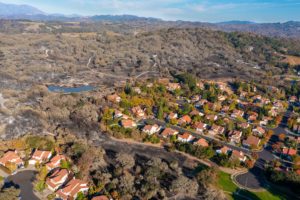To accommodate the region’s expected growth, strong land-use policies are needed to not only protect agricultural land, but also to foster an environment that allows local farms to succeed.
Bay Area farms, most of which are small operations, must overcome unique disadvantages that their rural counterparts may not have to face. These challenges include development pressures, escalating land values, competition for water, lack of local distribution infrastructure, and regulations on value-added production (e.g. making grapes into wine). However, the Bay Area also has its advantages. Local farms can benefit from their proximity to seven million potential customers as well as the region’s growing demand for local and sustainable food.
Sustaining Our Agricultural Bounty — a collaborative report by Greenbelt Alliance, Sustainable Agriculture Education (SAGE), and American Farmland Trust – finds an industry that struggles to compete in the global marketplace, but thrives when taking advantage of regional and local markets for food and agritourism. Moving forward, the Bay Area must transform its regional agricultural sustainability strategy to take advantage of and expand these markets. Conserving land, regional marketing, evaluating agricultural needs, and linking farmers with urban consumers will be vital to the sustenance of Bay Area agriculture.
Photo: Kate Koeppel via Flickr



